“Comic Books” – Distribution and Tariffs
Skip to commentsSo I hit the local comic book shop once a month to pick up anything that may have shown up and put in an order for stuff that intrigued me (other than my regular asks) in the Previews catalog that I picked previously.



The standing order is mostly TwoMorrows magazines about comic book history. Though I dog ear pages of Diamond Distributor’s Previews that attract my attention for later possible adds to my wants. That would be mostly books of comics history or collections of comic strips and occasionally comic books.
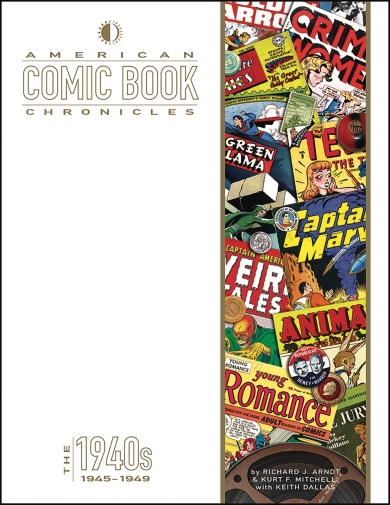

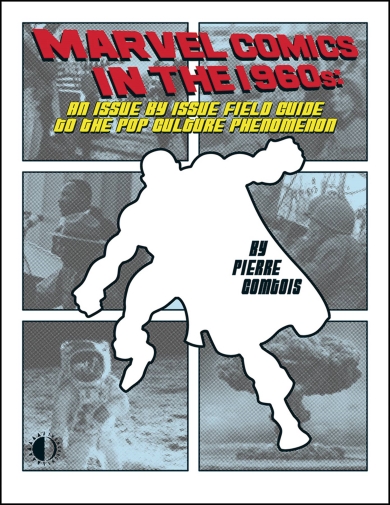


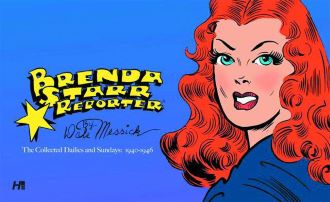
But now I don’t know if the routine will continue.
Diamond Comic Distributors Files for Bankruptcy
Jim Milliot for Publishers Weekly reports:
Diamond Comic Distributors, a linchpin in the distribution of comics to comics shops since it was founded in 1982, has made a Chapter 11 bankruptcy filing in the U. S. Bankruptcy Court for the District of Maryland.
Heidi MacDonald at The Beat also carries the story and the Diamond letter to retailers:
Diamond Comics Distributors has just filed for Chapter 11 bankruptcy, according to a letter sent out from President Chuck Parker. As part of their restructuring they are selling their Alliance Game Distributors and Diamond UK division to Universal Distribution, the Canada-based distributor.
Chapter 11 bankruptcy is less final than Chapter 13, which shuts down a company. Chapter 11 gives a company time to reorganize while holding off financial obligations to creditors.
Although it’s not “the final bankruptcy” the situation is nevertheless dire, as creditors include comics publishers, and in the past a distributor going under has had a huge effect on publishers.
Rich Johnson at Bleeding Cool asks retailers about the future:
Alan Gill of comic store chain Ultimate Comics tells us, “There is no one currently who can replace the services and intangibles that Diamond Comic distributors provides. The monthly previews catalog brings all of the toy, statue and novelty products that are manufactured each month as well as a multitude of comic book publishers into one catalog , who else is going to step up to do that? A world without Diamond Comic Distributors is definitely going to hurt not only small to medium size comic book retailers by limiting the access they currently have to Funko, Monogram and other novelty best sellers but the smaller comic publishers will have no one to realistically distribute their books.”
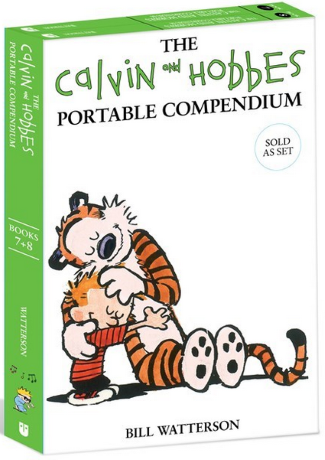


I also manage to walk into a brick and mortar Barnes & Noble about once a month where I gravitate to the humor and graphic novel (and American Revolution) shelves. And to the customer service desk where I order books not on the shelves for home delivery.
Many of those books and the previous comic books and magazines may cost more soon.
What will potential tariffs mean for comics publishers in 2025? ‘We’ll likely have less customers’
The graphic novels from U.S.-based publishers that we see on the shelves in this country’s comics stores, bookstores, and libraries are printed all around the world. So when the incoming Trump administration announced a plan to raise tariffs across the board – including raising tariffs on books printed in China from the current 7.5% rate to 100% – publishers took notice.
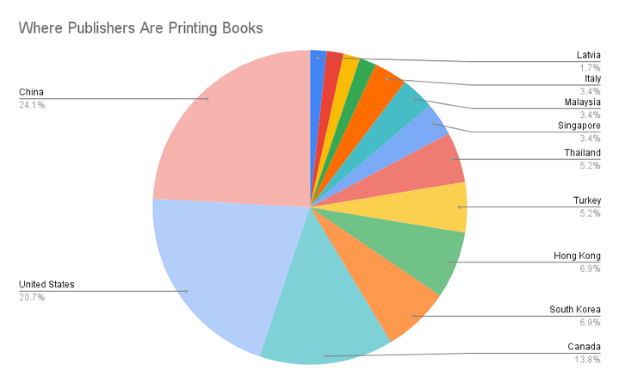
Gina Gagliano goes in deep for The Comics Journal about tariffs and books.
He told me it’s slightly more complicated than that. “The total amount paid in tariffs is based on the customs value when the item is imported, not the item’s ultimate retail value. Customs value typically includes other costs beyond materials and manufacture, such as shipping and insurance. However, to keep things simple we’ll use the $1.00 value to illustrate how the increase in a tariff rate can have a substantial impact. Under current law, at the 7.5% rate the tariff would be 7.5 cents per book – $1.00 x .075 – for a total of $1.075. A 100% tariff rate would effectively double the cost at the border – in addition to paying $1 for the book itself, the publisher would also pay an additional $1 tariff for a total of $2.”
Grabbing some books off the shelf I find Andrews McMeel’s Pearls Seeks Enlightenment and The Calvin and Hobbes Portable Compendium Set 2 printed in China. How Comics Were Made was printed in Canada as was Tom the Dancing Bug, Without the Bad Ones. Jules Feiffer’s newest Amazing Grapes was printed in Malaysia. And it is not just books. Those TwoMorrow magazines above are printed in China and The Comics Journal physical “bookazine” comes from Korea. Alex Beringer’s Lost Literacies, about Nineteenth-Century US Comic Strips and from Ohio State University Press, was printed in the United States, but it is a “normal” book with the illustrations printed in black and white.
Why does that matter? Back to Gina Gagliano:
But decisions on where to print aren’t just about cost. Many publishers I spoke with also brought up printing quality, and the ability of U.S. printers, who generally specialize in printing black and white prose fiction and nonfiction titles, to produce books that are as complicated as full-color graphic novels, especially titles that have extra design effects, like spot gloss, foil, die-cuts, fold-outs, stamped page ends, and more.
It may get a lot more expensive to keep filling your book shelves.
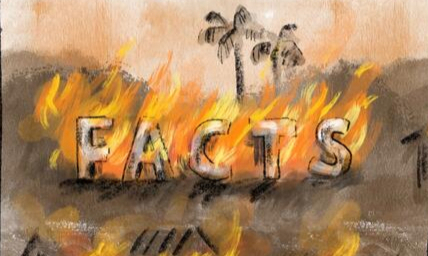
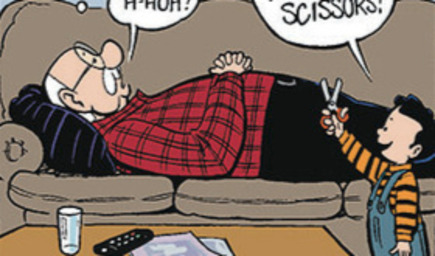
Comments 5
Comments are closed.